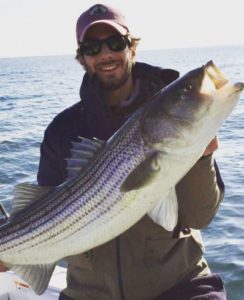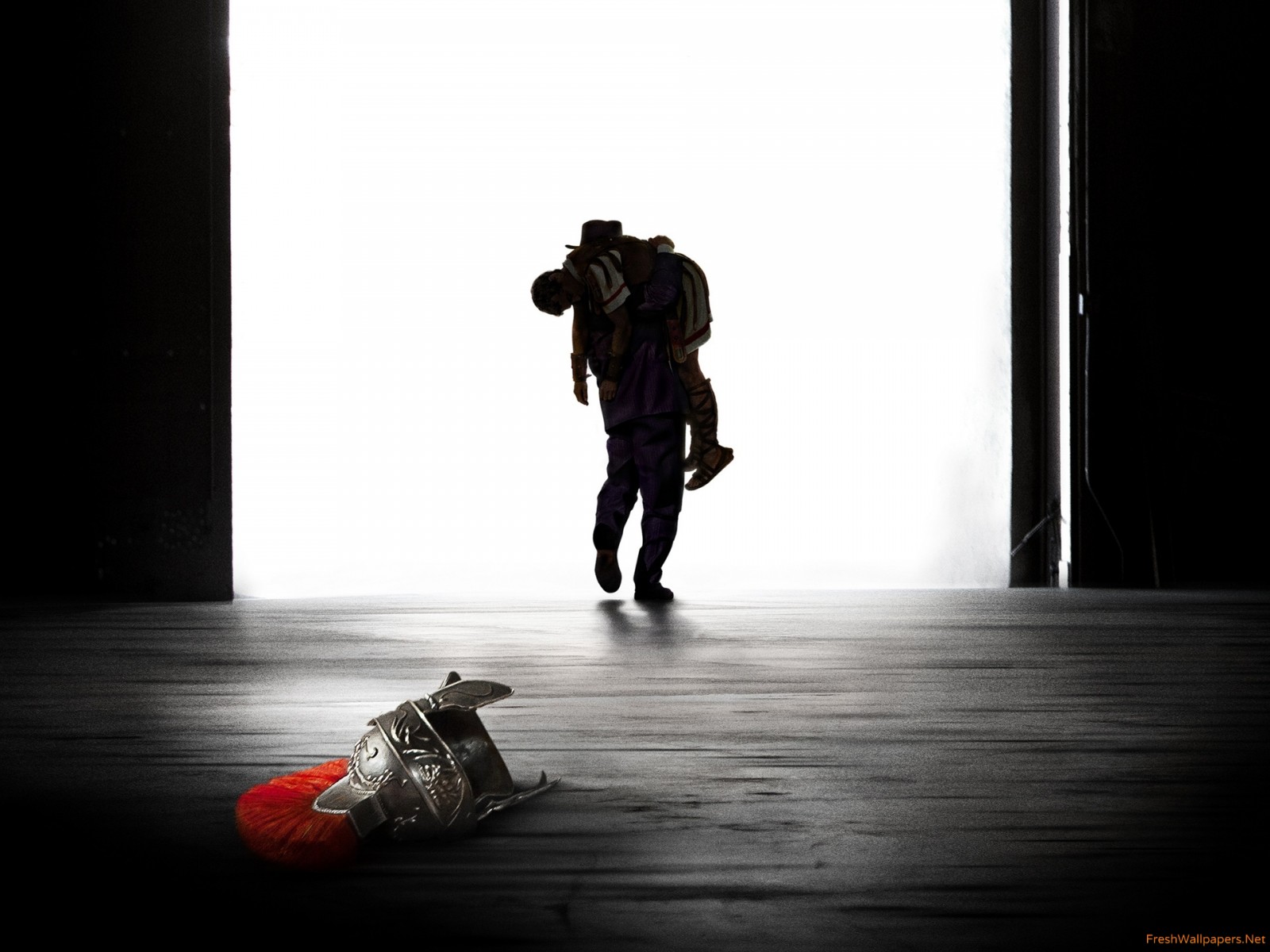WEST LONG BRANCH, N.J.—As a result of a federal regulation aimed to reduce the number of striped bass taken from the water, New Jersey has issued a ruling for the 2015 season limiting fishermen to one fish from 28 inches to less than 43 inches, and one fish at greater than or equal to 43 inches per day.
This ruling comes just in time for the New Jersey striped bass season. According to the New Jersey Division of Fish and Wildlife, the striped bass season, or striper season, begins Sept. 1 and continues until Dec. 31.
John Tiedemann, a Marine Biology Professor at Monmouth and an avid fisherman explained that the striped bass are under a regional management plan. This plan indicates that each state is able to make its own regulations regarding striped bass. However, each states’ mandate must comply with new federal regulations.
“They voted for a 25 percent reduction in the harvest for this year. Most states have a commercial quota and a recreational quota, but in Jersey, we don’t have a commercial fishery anymore,” said Tiedemann “So when they asked for the 25 percent reduction, most states cut their two-fish limit in half. New Jersey, if they had cut it like that, they decided the reduction would be too great. So, that’s where you get the new two-fish limit.”
With new regulations in place, the only thing fishermen can do is wait for the fish to arrive.
According to Professor Tiedemann the striped bass usually enter the spawning grounds in the spring season and are widely dispersed in the summer. For those months, the fish are in the northern extremes, from mid to northern New England.

“As fall comes, the bass begin to migrate south,” said Tiedemann. “We get the bulk of fish that are migrating south for the fall run. It starts, depending on the water temperatures, usually in October, and then it’s gonna run through late fall. But the last few years, because of water temperatures we really haven’t had the bulk of the fall run until November and December.”
With the New Jersey striped bass season in full swing, fishermen along the coast and right here at Monmouth are readying lures and dusting off old waders in frantic preparation. Professors and students alike are finding ways to squeeze fishing time into their schedules.
“I do not fish nearly as much as I would like to… For surf fishing, I’ll basically fish anywhere from Sandy Hook down to Island Beach State Park, but it also depends on the species and the wind conditions,” said Specialist Communication Professor Robert Scott.
On any given day during striper season, an individual could walk down to the beach and find the water littered with boats out at sea. For those who do not have a boating opportunity, it is common for fishermen to cast out right from the beach, an action typically referred to as surf fishing.
“My favorite time of the year for surf fishing is October since the stripers are usually more receptive to lures. When the menhaden [an oily bait fish commonly referred to as bunker] move in close to the beach, the stripers will often follow and that’s often when we’ll see the larger fish in the 30 to 50 pound range,” explained Professor Scott.
But the professors at Monmouth are not the only ones who are getting in on the striper action. Junior student-fisherman Christopher Stark has been taking advantage of the striped bass run as well.
“We were snag and dropping off kayaks, so that’s when you take a treble hook and cast it out into a pod of bunker, you just let it sink and if you feel something you just whip the pole back and try to hook one of the bunker,” said Stark. “And what they do is they go straight to the bottom and then the bass circle the fish, and the reason why they splash out of the water is because the bass hit them from behind.”
“When you’re on a kayak you have absolutely no way to ground yourself, so you just hold on as tight as you can and the fish will just take you,” Stark continued. “When I saw the fish I got, I just grabbed it as fast as I could and laid it in my lap, it ended up being 38 inches and 25 pounds.”
With the fish in the boat, on the beach, or in the hands of the fisherman, usually some celebration is in order. For some, it is a quick picture and release, for others, the true satisfaction does not set in until the fish is prepared and eaten.
“I practice catch and release. I don’t preach that, but I have a project called Stripers for the Future that works on improving catch and release,” said Tiedemann. “People have to release fish either way, especially now according to the new regulations. So our thing is, let’s release them in the best condition so they aren’t stressed or they don’t die.”
For Professor Scott, the answer is similar, but with some qualification.
“Sometimes we are targeting species purely for the sport of it, so a marlin, for example, would most commonly be released after a few photos are taken alongside the boat,” he said. “Sometimes we catch enough fish for the table and the rest of the day is spent catching and releasing. However, It does not feel like fall has arrived at our house until we’re finally eating bass cakes.”
However you do it, do it now. The fish are here and the time to catch them is today. For the professional fishermen or for the inexperienced, fishing is a great way to enjoy friends and appreciate the local beaches.




